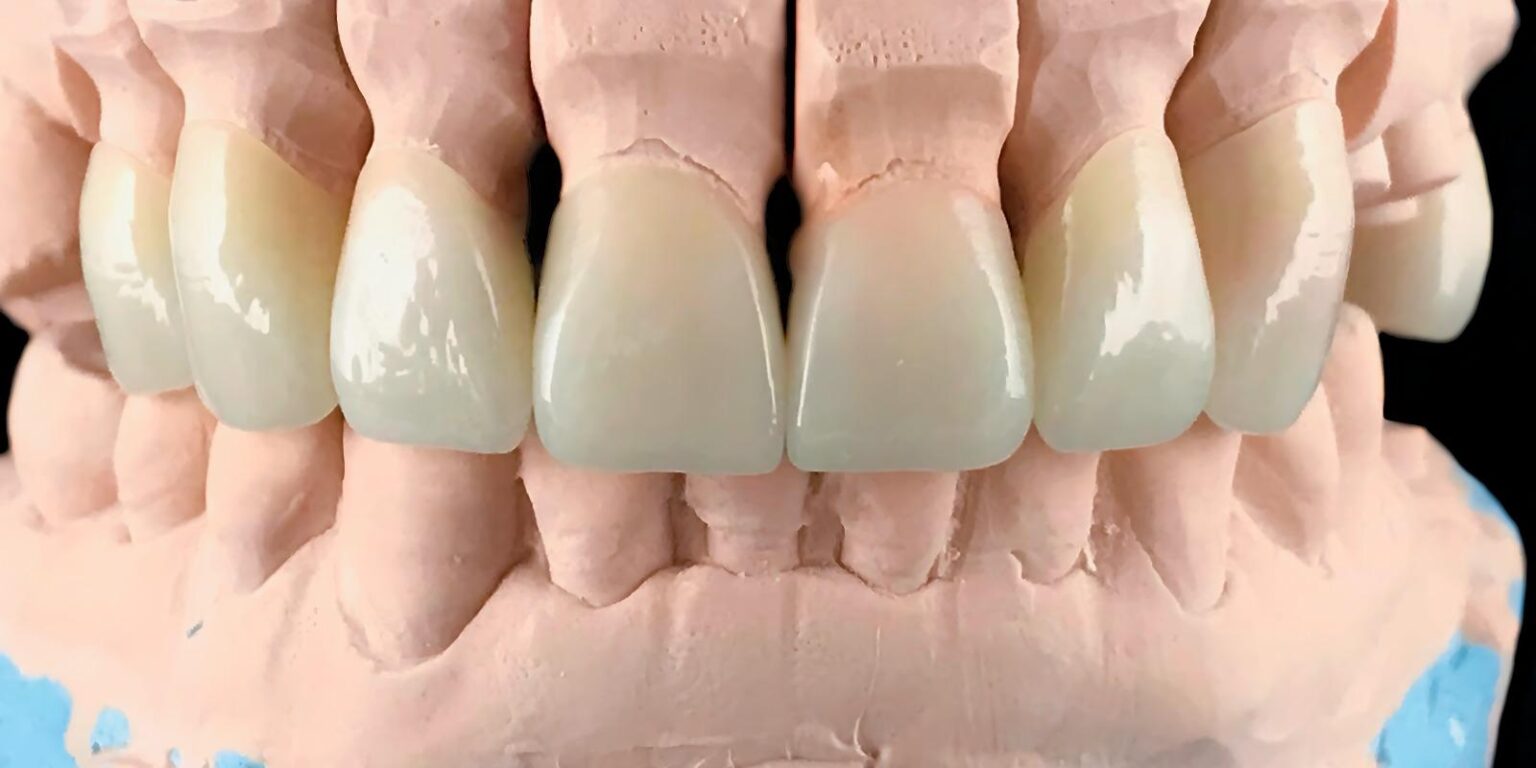Dental crowns are a common restorative dental solution used to protect and improve the function of damaged or weakened teeth. A dental crown is a cap that is placed over the visible portion of a tooth to restore its shape, size, and strength. Made from materials like porcelain, metal, or a combination of both, dental crowns offer versatility and durability in addressing specific dental challenges. Here’s more on dental crowns and what to expect when you need one:
When You Need a Crown
A dental crown may be recommended in several situations, like with tooth decay. When a cavity becomes too large for a standard filling, a crown serves to protect the remaining tooth structure and helps prevent further deterioration. Another situation involves cracked or broken teeth. Teeth that have suffered significant structural damage or develop cracks are often restored with crowns to return their function and reduce the risk of further breaking.
After a root canal treatment, the affected tooth typically loses some of its strength, making it a candidate for a crown to add protection and increase its longevity. Dental crowns are also sometimes chosen for cosmetic improvements. They provide functional support while addressing aesthetic concerns, including:
- Discolored Teeth
- Misshapen Teeth
- Chipped Teeth
By addressing decay, damage, or aesthetic concerns with crowns, patients can often preserve their teeth and potentially avoid more complex dental treatments in the future.
Why Crowns Are Needed
Crowns serve several purposes, both in terms of function and appearance. One of the primary reasons a crown is needed is for protection and durability. For a compromised tooth, a crown shields it from further wear, decay, and damage that can occur. When a tooth is cracked or brittle, a crown stabilizes it and helps keep existing cracks from getting worse.
Crowns also help with chewing function. Damaged or weakened teeth can lead to discomfort while eating, but a crown restores the tooth’s ability to chew and distributes the pressure evenly. This helps to prevent additional stress to surrounding teeth or the jaw. Crowns can be an effective long-term solution since they can last for many years when cared for properly.
How Crowns Work
Getting a crown typically involves multiple steps carried out over one or two dental visits. A typical crown treatment will follow these steps:
- Consultation and Examination: Your dentist will first examine your tooth to determine whether a crown is the right solution. X-rays may be taken to assess the extent of any underlying issues. If necessary, preliminary treatments, like addressing decay or performing a root canal, will be completed before proceeding.
- Tooth Preparation and Shaping: To make room for the crown, the dentist will reshape the affected tooth by removing a portion of its outer surface. If a significant amount of the tooth is missing, additional materials may be applied to rebuild the structure.
- Impression and Temporary Crown: An impression of your tooth is made, which serves as a mold for creating the custom crown. While the permanent crown is being crafted—usually in a dental laboratory—a temporary crown is placed to protect the tooth in the meantime.
- Placement and Ongoing Care: Once the permanent crown is ready, it is securely placed over your tooth with dental cement. The dentist will make adjustments to verify it fits correctly and comfortably with the surrounding teeth and bite alignment.
Learn More About Dental Crowns Today
Dental crowns offer a reliable way to restore functionality, protect damaged teeth, and enhance your smile. Understanding the need for dental crowns and how they work can help you make informed decisions about your oral health. With professional guidance, you can achieve a lasting solution tailored to your specific dental needs. Visit your dentist today to determine if a crown is the right solution for your oral health.










